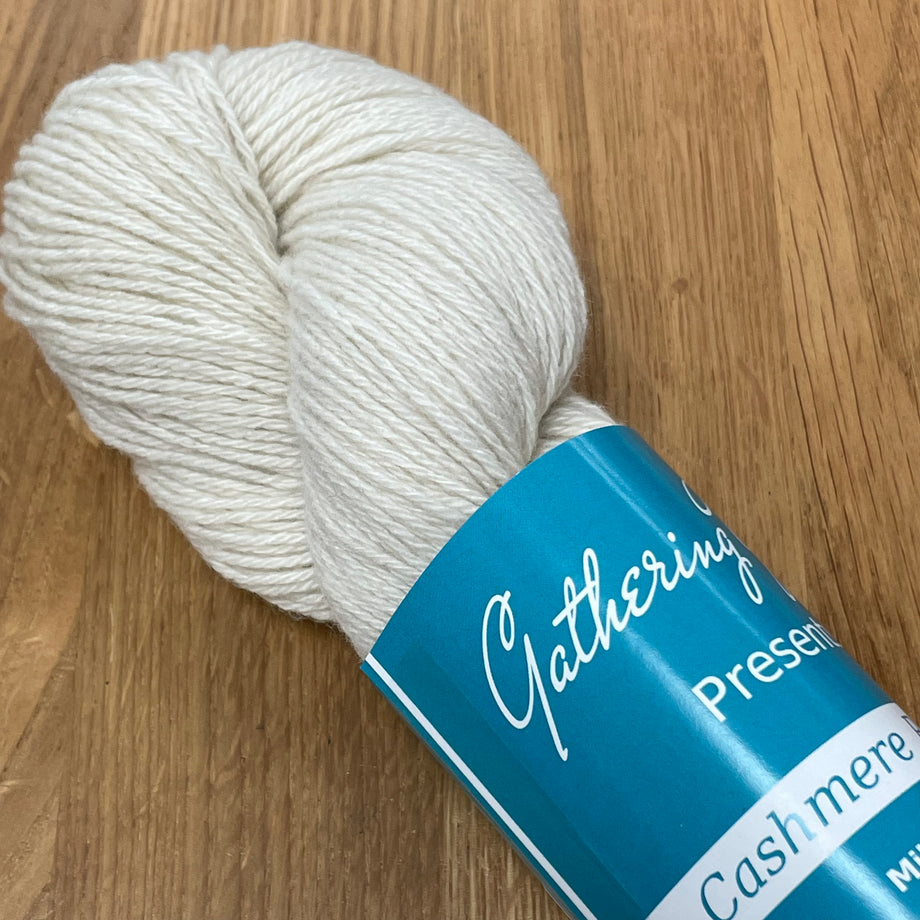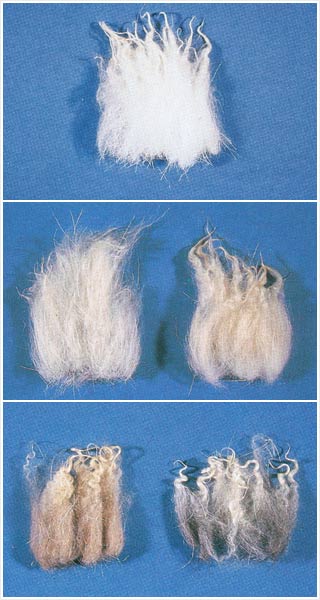Factors You Should Require Cashmere a Natural Fiber for Convenience and Sophistication in Everyday Wear
In the world of fabrics, few fibers measure up to the luxury and comfort of cashmere. This special material, understood for its superior gentleness and insulation, supplies unparalleled comfort and beauty for everyday wear. What sets it apart from other fibers? Just how does it affect the environment and exactly how does it contrast to artificial alternatives? How can one best make use of cashmere to elevate their design? These intriguing questions lay the foundation for an informing exploration into the world of cashmere.
Recognizing the Elegant Nature of Cashmere
Reviewing the Comfort Factor of Cashmere Attire
What qualities underline the comfort variable of cashmere garments? The soft qualities of cashmere is the very first high quality to take into consideration. Its plush structure makes it seem like a second skin, providing heat without the weight or itching connected with various other wool products. Moreover, cashmere's special fiber structure allows for breathability, regulating temperature and preventing getting too hot. The product's flexibility and durability make certain that it molds versus the body pleasantly, preserving its shape gradually. Cashmere's hypoallergenic homes also add to its comfort, making it an ideal option for sensitive skin. The ability to layer cashmere pieces without bulkiness increases the convenience factor. Essentially, the comfort of cashmere is stemmed from its softness, breathability, sturdiness, hypoallergenic nature, and adaptability.

The Environmental Impact and Sustainability of Cashmere
While the convenience and sophistication of cashmere are undoubtedly appealing, it's similarly vital to consider its connection with the environment. Cashmere manufacturing, mainly in Mongolia and China, involves increasing cashmere goats, which can substantially strain breakable grassland ecosystems due to overgrazing. Initiatives are being made to establish lasting cashmere production approaches, such as rotational grazing and cleaner processing strategies.
Comparing Cashmere to Artificial Fibers: A Cost-Benefit Analysis
In spite of its ecological challenges, cashmere provides an unique set of benefits over synthetic fibers. On the expense side, cashmere is unquestionably much more expensive because of its labor-intensive manufacturing process. Yet, the benefits make it worth the investment. Cashmere's all-natural fibers offer unparalleled gentleness and heat, translating into convenience that synthetic fibers have a hard time to match. In addition, cashmere pieces are extremely sturdy, promising durability that offsets initial expenses with time. Unlike artificial fibers, cashmere does not contribute to microplastic pollution, making it a much more sustainable choice. On the other hand, synthetic fibers, while more click for source affordable upfront, use much less convenience, have much shorter life expectancies and pose environmental worries. Hence, when assessing cost-benefit, cashmere's superior high qualities make it a beneficial investment for daily wear.
Designing Tips With Cashmere for Everyday Style
Having actually thought about the cost-benefit evaluation of cashmere contrasted to synthetic fibers, it comes to be clear why this glamorous product is a preferred choice for numerous. When styling cashmere for day-to-day beauty, simpleness is essential. Inevitably, the inherent sophistication of cashmere makes it a flexible addition to any wardrobe, easily enhancing day-to-day outfits with a touch of high-end.

Conclusion
In recap, the remarkable residential properties of learn this here now cashmere make it a useful addition to any kind of wardrobe. Its elegant feel, comfort, versatility, and breathability to differing temperatures are unequaled. Additionally, cashmere's sustainability and reduced environmental impact contrasted to synthetic fibers additionally improve its appeal. The ageless beauty of cashmere, combined with its convenience, adds sophistication to day-to-day wear. Investing in cashmere garments is a rewarding decision for sustainability, design, and comfort.

Comments on “The Fascinating Process Behind Producing cashmere Fibre and Its Uses”